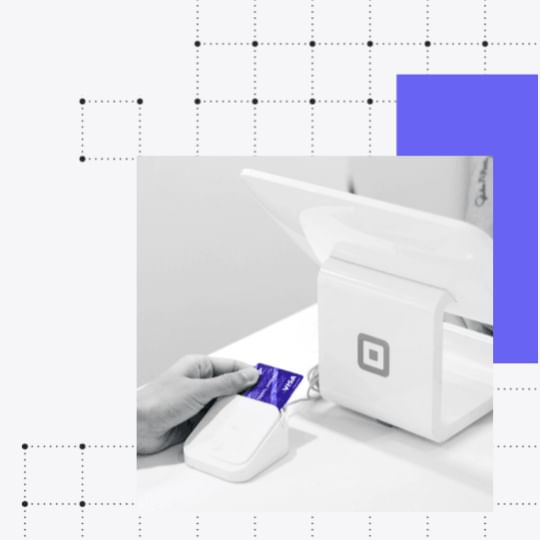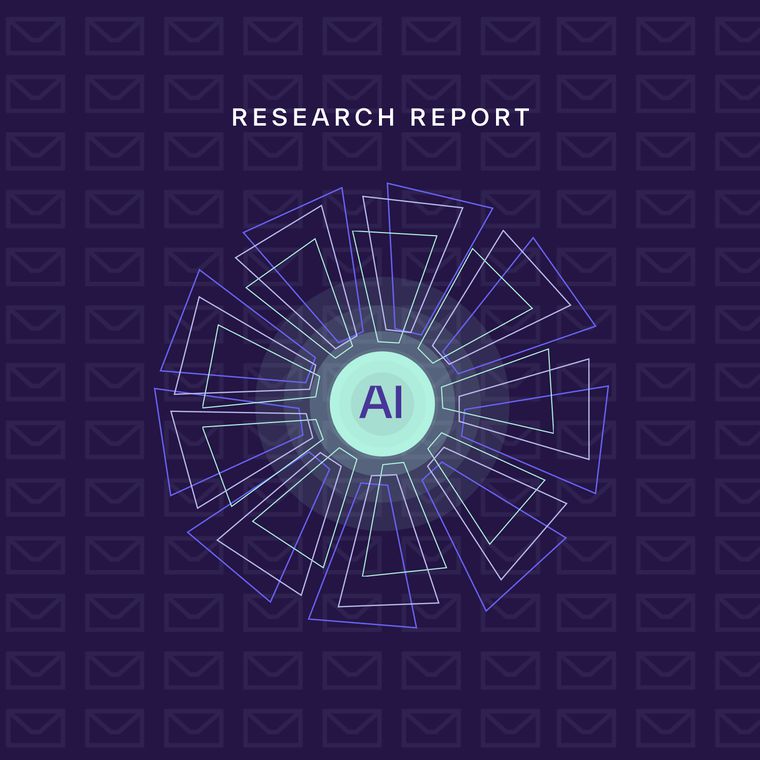Phishing
Phishing consistently stands as the most popular attack type, accounting for 72% of all advanced email threats.
While phishing emails of the past were often easy to spot, that’s no longer the case. Today’s threat actors can use free AI tools to generate messages with perfect spelling, grammar, and syntax that can trick even the most eagle-eyed employee into divulging private information.

Phishing by the Numbers
298,878
Number of phishing incidents reported to FBI IC3.
Source: FBI IC3 Report
$4.48M
Average cost of a data breach caused by phishing.
Source: IBM Cost of a Data Breach Report, 2024
261
Average days required to resolve breach resulting from phishing attack.
Source: IBM Cost of a Data Breach Report, 2024
AI technologies offer threat actors the perfect bar for mixing malicious cocktails that are targeted, unique, and generated at scale—think spear phishing and business email compromise attacks on steroids.”
— Osterman Research
Download the Report

Anatomy of a Phishing Attack
Real-World Example of a Phishing Attempt
How Phishing Works
A standard credential phishing attack has two key characteristics:
- Attackers pose as a legitimate service or organization, often mimicking familiar interfaces or domains to deceive users into believing the email is genuine.
- They create a sense of urgency or necessity, prompting users to enter sensitive information by leveraging pretexts like account verification, suspicious activity, or urgent updates.

What Phishing Looks Like
Designed to appear as a message sent via Adobe Acrobat Sign, this phishing email claims the employee's signature is needed on a non-disclosure agreement. The notification appears legitimate—using the address adobesign@acrobatsign[.]us[.]com, actual Adobe branding, and personalized content. However, the embedded button links to a phishing site, and any information provided will be stolen. This email can easily bypass a traditional email security solution and trick an unsuspecting target.
See more examples of real phishing attacks

Recognizing Top Phishing Techniques
Stay ahead by staying informed
PROBLEM
Generative AI Makes Phishing More Effective and Scalable
91% of security professionals reported experiencing AI-enabled cyberattacks in the past six months.
Generative AI Makes Phishing More Effective and Scalable
91% of security professionals reported experiencing AI-enabled cyberattacks in the past six months.
Subheading text goes here

Generative AI enables scammers to craft unique email content quickly, making detection difficult for traditional security software.

AI simplifies the creation of sophisticated social engineering threats, empowering even novice cybercriminals to up-level their attacks.

Malicious AI tools like WormGPT and FraudGPT are designed specifically for criminal activities, enabling attackers to convincingly compose deceptive content.
PROBLEM
How to Defend Against Phishing
How to Defend Against Phishing
Subheading text goes here

Asana Projects Contain Sensitive Data
Asana Projects Contain Sensitive Data
Support a Culture of Healthy Skepticism
- Because attackers have an untold number of strategies for deceiving your workforce, employees should be encouraged to approach some requests with a reasonable level of suspicion. They should also feel comfortable pursuing external verification via means other than email.
- Foster an environment where the unofficial cybersecurity motto is “Better safe than sorry.”

Limited Visibility into Asana Access
Limited Visibility into Asana Access
Perform Social Engineering Penetration Testing
- Assess workforce susceptibility to common social engineering attacks by sending emails that leverage the same tactics real-world attackers use and observe whether employees engage.
- Social engineering penetration testing enables you to evaluate the effectiveness of your security awareness training, compliance with security policies and protocols, and the strength of your company's network security controls.

Traditional Solutions
Fall Short
Traditional Solutions
Fall Short
Implement the Right Technology
- The most effective way to protect your workforce is to invest in modern technology that proactively blocks attacks.
- Unlike a SEG, an API-based security solution uses AI-native detection engines to ingest, analyze, and cross-correlate behavioral signals to spot anomalies in email patterns that indicate a potential attack. It then automatically remediates malicious emails to prevent end-user engagement.
Frequently Asked Questions About Phishing
Related Resources
Blogs
Discover the latest BEC threats, industry updates, and developments in cybersecurity solutions.
Abnormal Intelligence
Explore examples of real BEC attacks stopped by Abnormal and learn about the newest trends in cybercrime.
Webinars
Hear from industry experts and leading CISOs about the threat of BEC and how to protect your organization.
White Papers
Get valuable insights into the threat landscape and learn actionable advice on how to respond to evolving BEC attacks.
See the Abnormal Solution to the Email Security Problem
See for yourself how Abnormal AI provides comprehensive email protection against attacks that exploit human behavior. Schedule a demo today.
Request a Demo
Request a Demo















